预期被预期的嵌套,然而到底在第几层呢?
本周的杰克逊霍尔被很多人认为会非常鸽派,外加近期美联储官员的口风开始放松,鲍威尔此前比他的同僚更为谨慎和鸽,本周杰克逊霍尔重现2020和2021鸽派,甚至更加高鸽一曲的可能性更大,那黄金白银美股美债齐涨,而美元又要重挫了,剧本似乎已经写好了。
真的会如此吗?
当然,鲍威尔肯定会释放非常非常强的降息讯号,包括高利率影响经济,劳动力市场走软,美联储先发制人等,比7月FOMC的略微鹰派且表态模糊的发布会要鸽派,但这对市场来说,可能不够,比如鲍威尔料拒绝给出9月降息的承诺,也拒绝透露年内的利率路径,至于每次会议都降息,一次降息50bp这种过于具体且抽象的话更不太可能,如果真说了那么肯定是大恐慌了,不必赘述;而每次降息的利率路径,市场认为这是最有可能的,但显然鲍威尔也会拒绝给出这样的表态,除非他希望复刻22年1月FOMC的情况,那显然是嫌市场太强了,开放性的表述会让大家浮想联翩,不过这种情况实在是有一点可能,“如果有需要,FOMC不排除在每次会议上调整利率”,当然22年的是强劲+模糊鹰派,这是模糊鸽派,但实际上这可能刚好满足市场每次降息的胃口,但考虑到利率期货交易员要得更多,这可能会引发冲高后回落的行情,对降息100bp以上的预测会消失殆尽,可能又要回到75甚至50bp降息的可能了。
实际上,笔者认为,鲍威尔不排除采取鹰派的表态,取许多强劲数据,然后淡化非农数据,称接下来几个月会看到更强劲的劳动力市场,美联储的工具箱非常强大,随时可以支持市场等,既模糊了措辞,又安抚了经济衰退的担忧,即乐观+比预期鹰派,当然这种情况下9月降息还是依旧摆在台面上的,在8月的CPI和非农出来前,9月降息几乎板上钉钉,除非失业率暴跌到4%甚至更低而CPI环比暴涨0.4%或者更高——那可能又要回归到美联储再加息的预期了,当然这时候好消息就是坏消息了,滞胀交易嘛。
笔者今天看到研报说,现在这个阶段又有些像互联网时期1995年了,当时美联储为了遏制通胀(1994年)长时间加息后维持利率不变,随后,美国失业率在一个月内从5.4%跳涨到了5.8%(当时美国劳动参与率较高因而这个失业率整体比较健康),美联储随后开始预防降息,但仅降息三次,随后便停止降息,因为美国经济实在是太强了,和现在一样迟迟不衰退,而再降息肯定要出问题,随后美联储将利率保持在了5%以上的高位,和现在一样,而此后美国经济高歌猛进,高增长低通胀低失业,而原因很简单——互联网引发的康波繁荣带来了生产力的大发展,生产效率提升,新技术带来巨大的增量等,让美国两高(利率和增速)两低(通胀和失业),此后便是熟悉的故事,美联储为了面对俄罗斯卢布危机降息,泡沫吹上天,尔后美联储开始继续加息,导致互联网泡沫破裂经济衰退等。不难看出,这个阶段尽管美联储有降息需求,但只降息了75bp,而目前美国经济整体斜率低于90年代,且目前AI对生产力的加持不大,可能还需要更长时间来融合了,所以这一方面来看,AI的长期发展潜力甚至还好于1995,1996年,我们现在可能还在90年代初期,未来一片光明。
而利率方面,尽管目前美联储的降息需求应该大于90年代繁荣期,但笔者依旧认为,不宜过度计价美联储的降息预期,可能降息到略低于4%事时候就停止,甚至26年,27年开始再加息;当然也有潜在的好消息是,美国中期GDP增速或许可以上调,就笔者对AI的融合速度来测算,乐观情况下美国未来增速中枢或许能维持在2.8%以上的水平,不过很难复刻当年4%的增速了,而美联储的中性利率已经上移,长期中性利率料高于3%;笔者目前计价是,今年降息50~75bp,然后明年再降息4~5次,如果AI发展过快,复刻90年代只降息5次也是有可能的。
综上,笔者认为,鲍威尔会进行模糊鸽派和乐观情绪,会强调劳动力市场多过通胀,但拒绝就未来路径给出明确承诺,甚至不承诺9月肯定降息,这可能会挫伤风险资产,不过目前过度鸽派的定价实在也需要降温了,笔者依旧认为,美联储年内降息50~75bp,9月点阵图暗示年内降息三次,但在衰退预期被证伪和通胀反弹后,美联储可能会再次变得鹰派,防止犯2021年的错误,而如果按照笔者预测的情况,明年的降息预期也不会特别多——当然,强劲的经济和市场最大推手AI的给力能够让美股市场上扬,但软着陆和高利率可能对黄金就没那么友好了,尽管特朗普和哈里斯都会加大财政赤字,支持黄金继续创新高。市场未来可能会走滞胀——软着陆的交易逻辑,继续习惯整体高利率的环境。
笔者这里再次摘录一段讲话——2022年杰克逊霍尔黑色八分钟,鲍威尔释放强鹰派信号,美股暴跌,市场此前也是软着陆+过度计价宽松,不过目前来看,宽松预期的消退不会对风险资产有那么大压力。
Thank you for the opportunity to speak here today.
谢谢大家给我在此演讲的宝贵机会。
At past Jackson Hole conferences, I have discussed broad topics such as the ever-changing structure of the economy and the challenges of conducting monetary policy under high uncertainty. Today, my remarks will be shorter, my focus narrower, and my message more direct.
在过去的杰克逊霍尔会议上,我讨论的话题非常广泛,如不断变化的经济结构和在高度不确定性下实施货币政策的挑战。今天,我的发言将更简短、聚焦的问题将更集中、传递的信息将更直截了当。
The Federal Open Market Committee's (FOMC) overarching focus right now is to bring inflation back down to our 2 percent goal. Price stability is the responsibility of the Federal Reserve and serves as the bedrock of our economy. Without price stability, the economy does not work for anyone. In particular, without price stability, we will not achieve a sustained period of strong labor market conditions that benefit all. The burdens of high inflation fall heaviest on those who are least able to bear them.
联邦公开市场委员会(FOMC)目前重中之重的任务是使通货膨胀率回落到我们2%的目标。稳定价格是美联储的责任,更是美国经济的基石。没有价格稳定,经济体制不会让任何人受益。特别是,如果没有价格稳定,我们将无法维持强劲的、能够让所有人受益的劳动力市场。最沉重的高通货膨胀的负担将落在那些最没有能力承担的人身上。
Restoring price stability will take some time and requires using our tools forcefully to bring demand and supply into better balance. Reducing inflation is likely to require a sustained period of below-trend growth. Moreover, there will very likely be some softening of labor market conditions. While higher interest rates, slower growth, and softer labor market conditions will bring down inflation, they will also bring some pain to households and businesses. These are the unfortunate costs of reducing inflation. But a failure to restore price stability would mean far greater pain.
恢复价格稳定将需要一些时间,需要有力地使用我们的财货工具使供求达到更优的平衡水平。降低通货膨胀的努力可能会让我们经历一个持续的、低于平常趋势的增长期。此外,劳动力市场可能会稍显疲软。虽然较高的利率、较慢的增长和较疲软的劳动力市场将使通货膨胀率下降,但它们也会给家庭和企业带来一些痛苦。这些都是降低通胀的不幸代价。但如果不能恢复价格稳定,我们将承受更大的痛苦。
The U.S. economy is clearly slowing from the historically high growth rates of 2021, which reflected the reopening of the economy following the pandemic recession. While the latest economic data have been mixed, in my view our economy continues to show strong underlying momentum. The labor market is particularly strong, but it is clearly out of balance, with demand for workers substantially exceeding the supply of available workers. Inflation is running well above 2 percent, and high inflation has continued to spread through the economy. While the lower inflation readings for July are welcome, a single month's improvement falls far short of what the Committee will need to see before we are confident that inflation is moving down.
美国经济显然正在从2021年的历史高增长率中放缓,需要注意的是去年的高增长主要得益于新冠渐入尾声后的市场重新开放的提振。虽然最新的经济数据喜忧参半,但在我看来,我们的经济持续显示出强劲且根基深厚的势头。劳动力市场尤其强劲,但它显然失去了平衡,对工人的需求大大超过了现有工人的供应。通货膨胀率远远超过2%,而且高通胀率持续在经济体系中蔓延。我们当然对7月份较低的通胀读数喜闻乐见,但仅一个月的改善远远没有达到委员会能够确信通胀正在下降的程度。
We are moving our policy stance purposefully to a level that will be sufficiently restrictive to return inflation to 2 percent. At our most recent meeting in July, the FOMC raised the target range for the federal funds rate to 2.25 to 2.5 percent, which is in the Summary of Economic Projection's (SEP) range of estimates of where the federal funds rate is projected to settle in the longer run. In current circumstances, with inflation running far above 2 percent and the labor market extremely tight, estimates of longer-run neutral are not a place to stop or pause.
我们正在有目的地将我们的政策立场推进到一个足以控制通胀率恢复到2%的水平。在7月份的最近一次会议上,FOMC将联邦基金利率的目标范围提高到2.25%至2.5%,利率水平仍在经济预测摘要(SEP)对联邦基金利率较长时期的估计范围内。目前在通货膨胀率远远高于2%和劳动力市场极其紧张的情况下,对较长期内货币中性的预估远未到能够停止或暂停的程度。
July's increase in the target range was the second 75 basis point increase in as many meetings, and I said then that another unusually large increase could be appropriate at our next meeting. We are now about halfway through the intermeeting period. Our decision at the September meeting will depend on the totality of the incoming data and the evolving outlook. At some point, as the stance of monetary policy tightens further, it likely will become appropriate to slow the pace of increases.
7月份利率目标区间的上调是多次会议中的第二次出现75个基点的上调,我当时就说过下次会议再一次进行不寻常的大幅上调或许是合适的。现在,我们的会议间歇期已经过了一半左右。9月会议上,我们将基于最新数据的整体情况和不断变化的经济前景做出决定。某些情况下,随着货币政策立场的进一步收紧放慢加息的步伐可能更为合适。
Restoring price stability will likely require maintaining a restrictive policy stance for some time. The historical record cautions strongly against prematurely loosening policy. Committee participants' most recent individual projections from the June SEP showed the median federal funds rate running slightly below 4 percent through the end of 2023. Participants will update their projections at the September meeting.
要恢复价格稳定,我们可能需要在一段时间内坚定保持限制性的政策立场。历史强烈告诫我们不能过早地放松政策。委员会参会者在6月的SEP中的最新个人预测显示到2023年底,联邦基金利率的中位数会略低于4%。参会者将在9月的会议上更新他们的预测。
Our monetary policy deliberations and decisions build on what we have learned about inflation dynamics both from the high and volatile inflation of the 1970s and 1980s, and from the low and stable inflation of the past quarter-century. In particular, we are drawing on three important lessons.
我们货币政策的审议和决定建立在宝贵的历史经验之上,这其中包括20世纪七八十年代的波动的高通胀和过去四分之一世纪稳定的低通胀,这其中有三大经验尤为重要。
The first lesson is that central banks can and should take responsibility for delivering low and stable inflation. It may seem strange now that central bankers and others once needed convincing on these two fronts, but as former Chairman Ben Bernanke has shown, both propositions were widely questioned during the Great Inflation period.1 Today, we regard these questions as settled. Our responsibility to deliver price stability is unconditional. It is true that the current high inflation is a global phenomenon, and that many economies around the world face inflation as high or higher than seen here in the United States. It is also true, in my view, that the current high inflation in the United States is the product of strong demand and constrained supply, and that the Fed's tools work principally on aggregate demand. None of this diminishes the Federal Reserve's responsibility to carry out our assigned task of achieving price stability. There is clearly a job to do in moderating demand to better align with supply. We are committed to doing that job.
第一个经验是中央银行能够而且应该承担起实现稳定的低通胀的责任。现在看来可能很奇怪,中央银行家和其他人曾经需要在这两个方面进行游说,但正如前主席本-伯南克所证明的那样,在大通胀时期,这两个主张都遭受了广泛质疑。现在,我们可以认为这些问题已经有了确切答案。无论何种情况下,我们必须确保实现价格稳定。诚然,目前的高通胀是一种全球现象,世界上许多经济体面临的通胀率与美国一样甚至更高。在我看来,关于美国目前的高通胀率是需求强劲和供应受限的产物这个观点也是正确的,而美联储的工具主要是针对总需求发挥作用。这一切都没有削弱美联储执行我们身负的实现价格稳定任务的责任。我们显而易见的任务是调节需求,使之能更好地与供应相匹配。我们致力于完成这项工作。
The second lesson is that the public's expectations about future inflation can play an important role in setting the path of inflation over time. Today, by many measures, longer-term inflation expectations appear to remain well anchored. That is broadly true of surveys of households, businesses, and forecasters, and of market-based measures as well. But that is not grounds for complacency, with inflation having run well above our goal for some time.
第二个经验是公众对未来通胀的预期对确定一段时期内的通胀路径发挥着重要作用。多项测算结果显示,长期通胀预期似乎仍然很稳固。基于市场的衡量标准的针对家庭、企业和预测者的广泛调查的结果都大致如此。但这并不是自满的理由,因为通货膨胀已经远远超过我们的目标值有一段时间了。
If the public expects that inflation will remain low and stable over time, then, absent major shocks, it likely will. Unfortunately, the same is true of expectations of high and volatile inflation. During the 1970s, as inflation climbed, the anticipation of high inflation became entrenched in the economic decisionmaking of households and businesses. The more inflation rose, the more people came to expect it to remain high, and they built that belief into wage and pricing decisions. As former Chairman Paul Volcker put it at the height of the Great Inflation in 1979, "Inflation feeds in part on itself, so part of the job of returning to a more stable and more productive economy must be to break the grip of inflationary expectations."
如果公众预期一段时间内稳定的低通胀率,那么,在没有重大冲击的情况下,它很可能就会如愿保持低水平。不幸的是,对波动的高通膨率的预期也是如此。在20世纪70年代,随着通胀的节节攀升,家庭和企业在做决定时假设通胀会高企已经是根深蒂固的思维。通胀率越高,人们就越会预期它将保持在高位,这种信念成为工资和定价决策的重要依据。正如前主席保罗-沃尔克在1979年大通胀的高峰期所说的那样,"通胀部分是因为通胀本身胀起来的,所以要重建更稳定和效率的经济,部分工作必须是打破通胀预期的束缚"。
One useful insight into how actual inflation may affect expectations about its future path is based in the concept of "rational inattention."When inflation is persistently high, households and businesses must pay close attention and incorporate inflation into their economic decisions. When inflation is low and stable, they are freer to focus their attention elsewhere. Former Chairman Alan Greenspan put it this way: "For all practical purposes, price stability means that expected changes in the average price level are small enough and gradual enough that they do not materially enter business and household financial decisions."
对于实际通胀如何影响对其本身的预期,一个有用的见解是基于 "理性不注意 "的概念。当通胀率持续高涨时,家庭和企业必然对其密切关注,并将它纳入经济决策。而在稳定的低通胀率时期,他们的注意力自然就会分散到其他地方。前主席艾伦-格林斯潘曾经曰过:"实际上,价格稳定意味着平均价格水平的预期变化足够小、足够慢,它们不会对企业和家庭的财务决策产生实质性影响。”
Of course, inflation has just about everyone's attention right now, which highlights a particular risk today: The longer the current bout of high inflation continues, the greater the chance that expectations of higher inflation will become entrenched.
当然,通胀现在几乎吸引了所有人的注意力,这突出了当下的一个特殊风险:目前的高通胀持续的时间越长,对更高通胀的预期就可能更根深蒂固。
That brings me to the third lesson, which is that we must keep at it until the job is done. History shows that the employment costs of bringing down inflation are likely to increase with delay, as high inflation becomes more entrenched in wage and price setting. The successful Volcker disinflation in the early 1980s followed multiple failed attempts to lower inflation over the previous 15 years. A lengthy period of very restrictive monetary policy was ultimately needed to stem the high inflation and start the process of getting inflation down to the low and stable levels that were the norm until the spring of last year. Our aim is to avoid that outcome by acting with resolve now.
这就联系到了我要说的第三个经验,即我们必须坚持下去,直到任务完成。历史表明,降低通胀的就业成本极有可能会随着时间的推移而增加,因为在工资和价格制定中加入高通胀预期的想法变得更加根深蒂固。经历了15年的失败尝试后,沃尔克才于20世纪80年代初成功地解决通胀问题。为了让通胀率停止高企并开始回到去年春天前稳定低速的状态,我们可能最终需要经历一个坚守克制的货币政策的漫长时期。我们的目标是通过现在的坚决行动来避免陷入如此结果。
These lessons are guiding us as we use our tools to bring inflation down. We are taking forceful and rapid steps to moderate demand so that it comes into better alignment with supply, and to keep inflation expectations anchored. We will keep at it until we are confident the job is done.
这些经验指导着我们使用我们的工具来降低通胀。我们正在采取迅速且有力的措施来调节需求,使其与供应更好地保持一致,并且锚定通胀预期。我们将继续努力,直到我们确信任务已经完成。
风险提示及免责声明
市场有风险,投资需谨慎。本文不构成个人投资建议,也未考虑到个别用户特殊的投资目标、财务状况或需要。用户应考虑本文中的任何意见、观点或结论是否符合其特定状况。据此投资,责任自负。
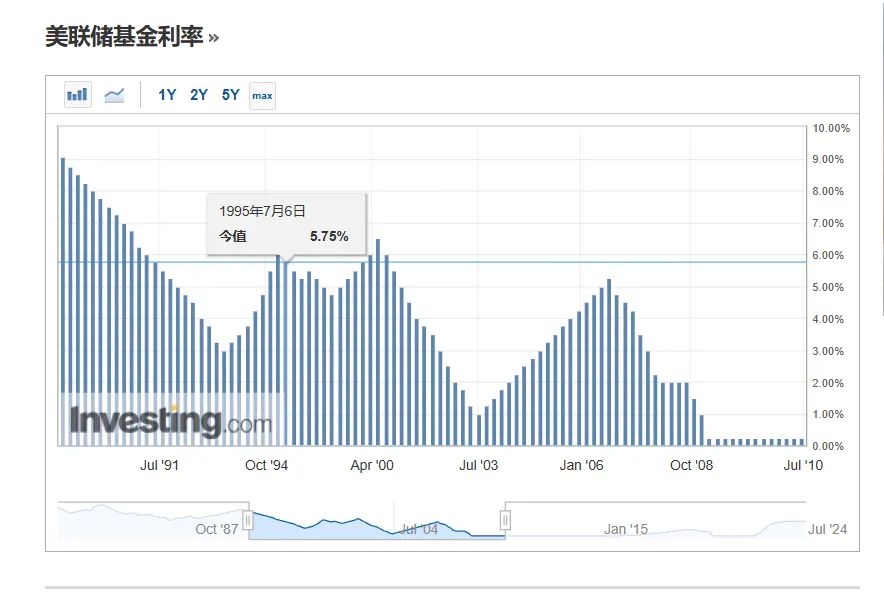
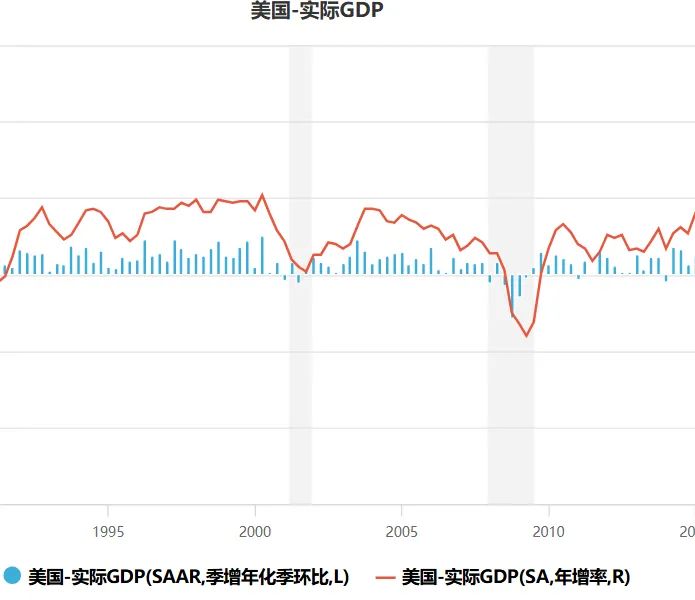
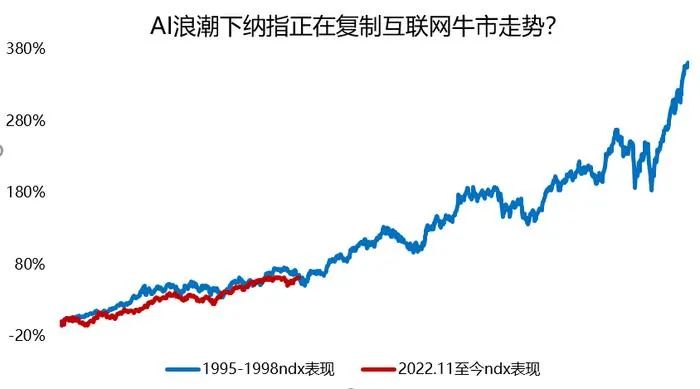
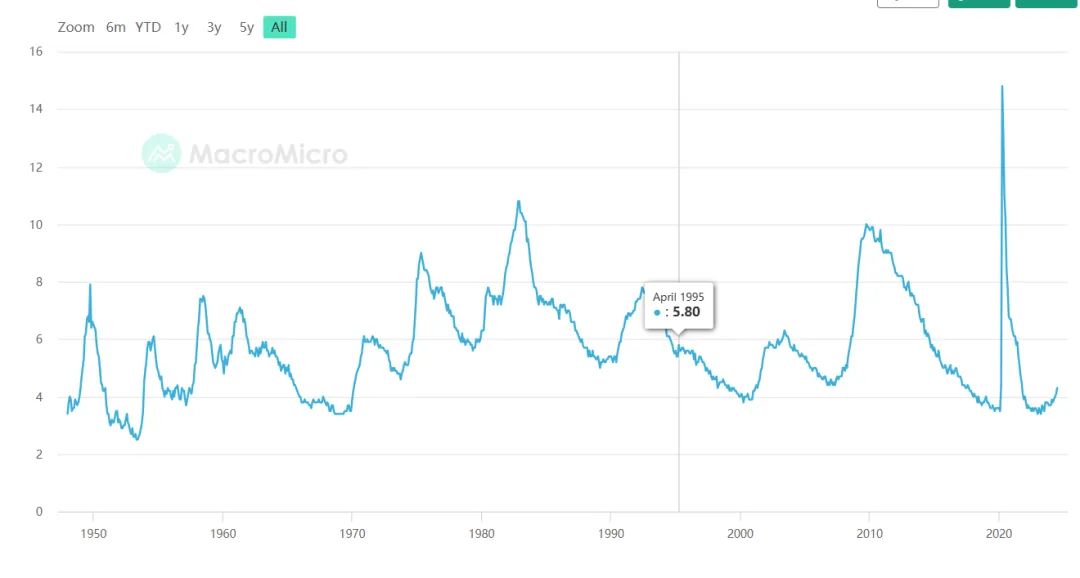

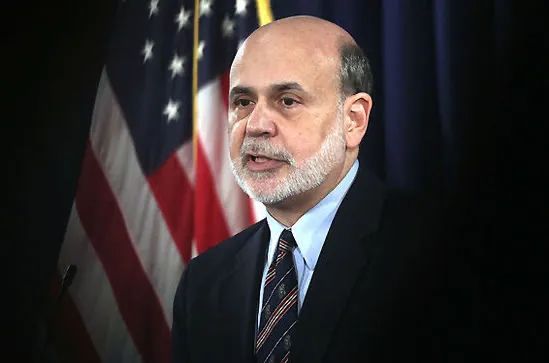
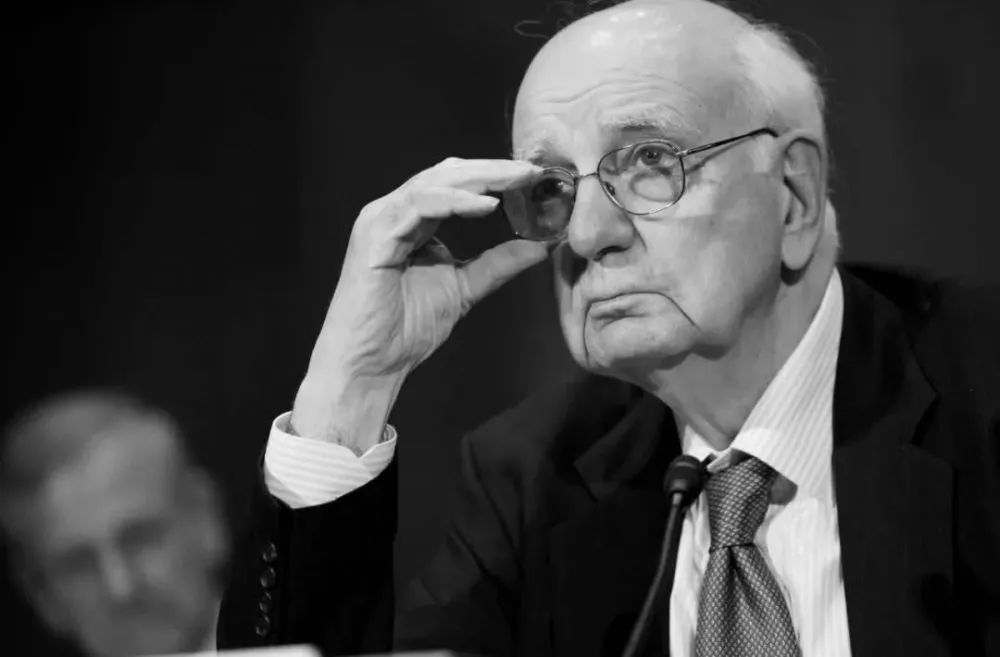
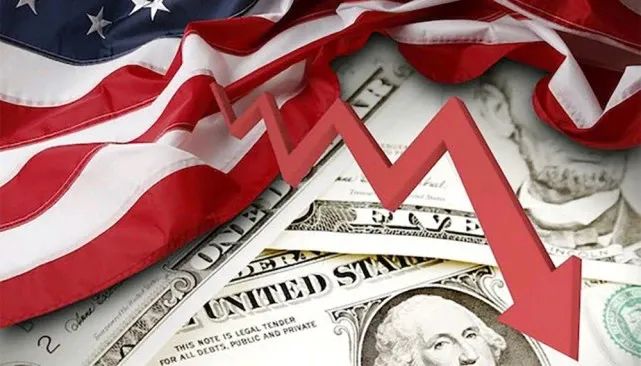
精彩评论